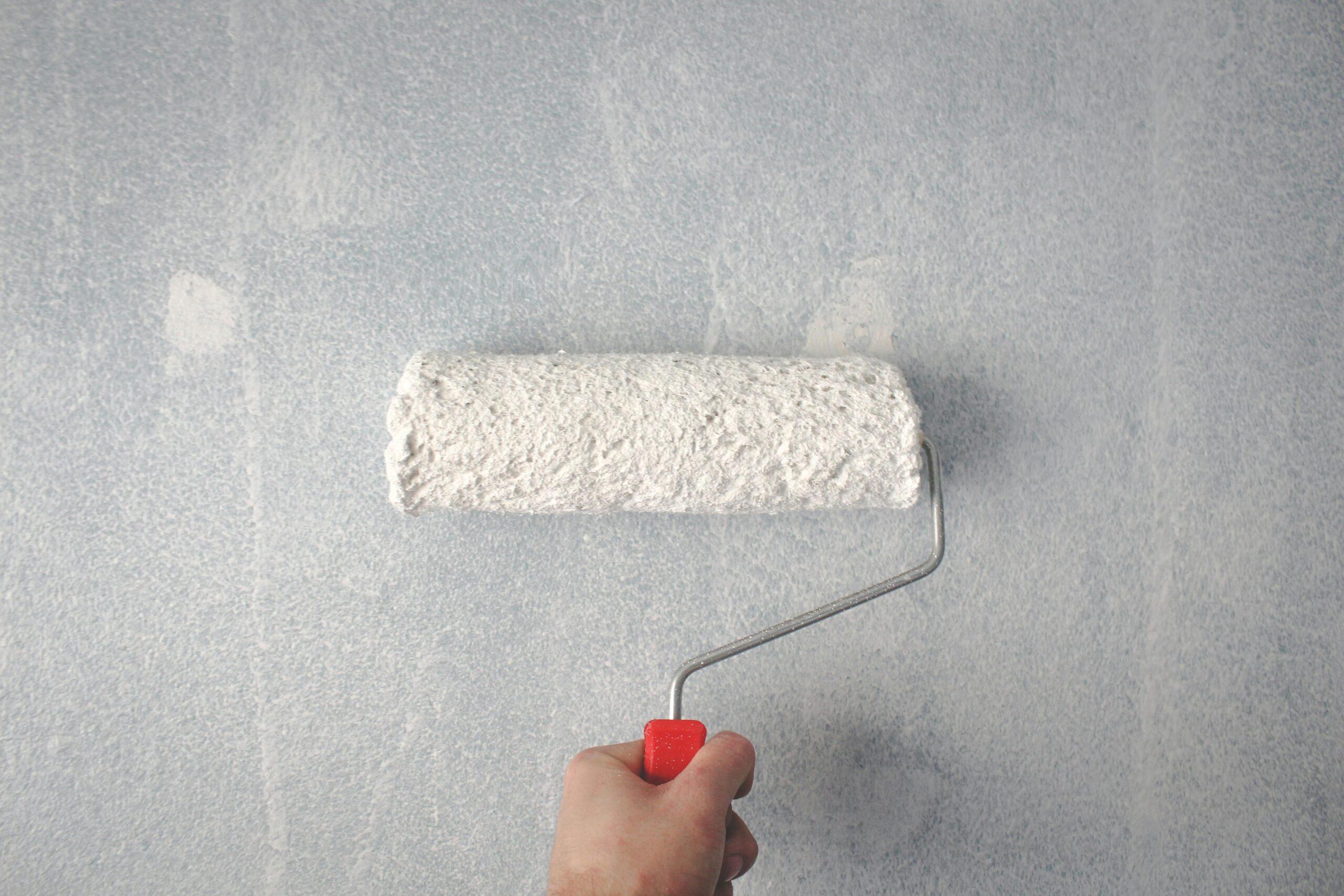When it comes to sprucing up your home with a fresh coat of paint, you may not realize that your choice of paint can have a significant impact on your indoor air quality and overall well-being.
Traditional paints contain volatile organic compounds (VOCs), which can release harmful gases into the air long after they’ve dried, contributing to indoor air pollution and posing potential health risks. Fortunately, there’s a safer and more eco-friendly alternative: low-VOC paint.
In recent years, low-VOC paint has gained popularity among homeowners, interior designers, and environmentally conscious consumers alike. Formulated with reduced levels of harmful chemicals, low-VOC paint offers a host of benefits beyond just adding color to your walls.
In this comprehensive guide, we’ll explore the benefits of using low-VOC paint in your home and why it’s an excellent choice for both your family’s health and the environment.
1. Improved Indoor Air Quality
One of the most significant benefits of using low-VOC paint is its positive impact on indoor air quality. Unlike traditional paints, which can release high levels of VOCs into the air, low-VOC paints contain minimal amounts of these harmful chemicals. As a result, painting your home with low-VOC paint can significantly reduce indoor air pollution and create a healthier living environment for you and your family.
2. Reduced Health Risks
Exposure to high levels of VOCs emitted by traditional paints has been linked to various health problems, including respiratory issues, headaches, nausea, and dizziness. By choosing low-VOC paint for your home, you can minimize these health risks and create a safer indoor environment for everyone, especially for children, the elderly, and individuals with respiratory sensitivities or allergies.
3. Environmentally Friendly
In addition to protecting your health, opting for low-VOC paint is also a more environmentally friendly choice. Traditional paints release VOCs into the air during the painting process and as they continue to off-gas over time, contributing to outdoor air pollution and environmental degradation. By choosing low-VOC paint, you can reduce your carbon footprint and help preserve the planet for future generations.
4. Comparable Performance and Durability
Contrary to common misconceptions, low-VOC paint offers comparable performance and durability to traditional paints. Advances in paint technology have allowed manufacturers to develop low-VOC formulas that provide excellent coverage, color retention, and long-lasting results.
Whether you’re painting walls, ceilings, or trim, low-VOC paint delivers the same quality finish without compromising on durability or aesthetics.
5. Wide Range of Colors and Finishes
Gone are the days when eco-friendly paint options were limited to dull shades and finishes. Today, low-VOC paint is available in a wide range of colors, from vibrant hues to subtle neutrals, allowing you to express your personal style and enhance the beauty of your home. Whether you prefer matte, satin, or semi-gloss finishes, you’ll find plenty of options to suit your design preferences and project requirements.
Conclusion
Choosing low-VOC paint for your home is a simple yet impactful way to promote a healthier indoor environment and reduce your environmental footprint. With its improved indoor air quality, reduced health risks, and comparable performance to traditional paints, low-VOC paint offers a host of benefits for homeowners and the planet alike.
So the next time you embark on a painting project, consider making the switch to low-VOC paint and enjoy the beauty of your space while breathing easier.
Frequently Asked Questions (FAQs)
1. What exactly are VOCs, and why are they harmful?
Volatile organic compounds (VOCs) are chemicals that can easily evaporate into the air at room temperature. They are commonly found in household products such as paints, solvents, and cleaning supplies. VOCs can contribute to indoor air pollution and have been linked to various health problems, including respiratory issues, headaches, and nausea.
2. How do I know if a paint is low-VOC?
Paints labeled as “low-VOC” typically contain minimal amounts of volatile organic compounds compared to traditional paints. Look for products that carry the Green Seal or Greenguard certification, which indicate that the paint meets stringent environmental and indoor air quality standards. Additionally, check the paint label or manufacturer’s website for information on VOC content.
3. Does low-VOC paint cost more than traditional paint?
While low-VOC paint may have a slightly higher upfront cost than traditional paints, the long-term benefits far outweigh any additional expense. Investing in low-VOC paint can help reduce health care costs associated with indoor air pollution and create a safer and healthier environment for you and your family.
4. Are there any specific preparation or application techniques for low-VOC paint?
Preparation and application techniques for low-VOC paint are similar to those for traditional paints. Ensure that the surface to be painted is clean, dry, and free of any dirt or debris. Use high-quality brushes or rollers for smooth and even application, and follow the manufacturer’s instructions regarding drying times and recoating intervals.
5. Can low-VOC paint be used in any room of the house?
Yes, low-VOC paint can be used in any room of the house, including bedrooms, living rooms, kitchens, and bathrooms. It is suitable for painting walls, ceilings, trim, and other interior surfaces. Low-VOC paint is available in a variety of colors and finishes, making it versatile enough to complement any design style or decor scheme.



